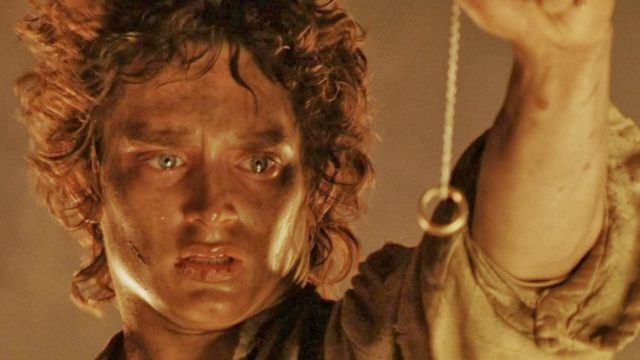
Recently, it was announced that The Lord of the Rings will be making its return to the screen as a TV show, which was followed by a second announcement that Christopher Tolkien was stepping down as the director of the Tolkien Estate. Since Christopher is well-known for his dislike for the existing adaptations of his father’s work, this has provoked something of a mixed response in The Lord of the Rings fans. On the one hand, this could mean adaptations based on parts of Middle Earth besides the War of the Rings. On the other hand, well, suffice to say that The Lord of the Rings fans can be rather grouchy when they think that an adaptation has failed to grasp the spirit of the original works, which isn’t helped by the sheer number of misunderstandings out there.
Here are five things that people often get wrong about The Lord of the Rings:
Sauron Had Deeper Motivations
Sauron started out as a Maia, which is the same sort of spirit as Gandalf, Radagast, and Saruman. In fact, it is not unreasonable to speculate that he might have been familiar with Saruman, seeing as how the two had been sworn to serve the same master. With that said, Sauron was corrupted by a Luciferian figure called Morgoth because of his desire to impose order upon chaos, which led him down a very dark road that he was both too fearful and too proud to draw back from.
Most of the Rings Were Made By Celebrimbor
The titular character of The Lord of the Rings is indeed Sauron, but it is interesting to note that most of the rings were actually made by an elf called Celebrimbor. Both the seven rings for dwarves and nine rings for humans were made by Celebrimbor with Sauron’s assistance, though Celebrimbor also made three rings for elves without Sauron’s assistance. As a result, when Sauron made the One Ring to control the other ring-wearers, those who possessed the three were able to avoid his influence.
Elves Don’t Necessarily Look Like Fantasy Elves
The elves in The Lord of the Rings don’t necessarily look like the elves of Tolkien-inspired fantasy. For example, the elves are never described as having pointed ears in the books. Instead, that came up in Tolkien’s other writings, which described them as having pointed ears shaped like leaves. Furthermore, while there are plenty of blond elves, there are also plenty of elves who have darker hair colors. Finally, it is interesting to note that there is at least one example of an elf named Cirdan who has a beard, which was a sign of his great age even compared to other elves.
The Elves Were Both Great and Terrible
Speaking of which, while the elves tend to be seen as wise champions of good, that seems to be the result of a process of elimination because their history makes it clear that they are perfectly capable of performing great evil. For example, Feanor and his seven sons swore a terrible oath to make war on anyone who would withhold the three gems called the Silmarils from them. As a result, they became responsible for not one, not two, but three separate incidents called Kinslayings, which saw elves killing other elves. In the end, even when the last two sons of Feanor had reclaimed the last two Silmarils, they were burned by them in much the same way that Morgoth had been burned by them.
Orcs and Goblins Are the Same Thing
In Tolkien-inspired fantasy, orcs and goblins tend to be depicted as separate species, with the first being much bigger than the second. However, Tolkien used orcs and goblins as different names for the same kind of being. As for the Uruk-Hai, well, those were a particular kind of orcs that had been bred to be bigger, stronger, and more capable of enduring daylight, meaning that they were actually distinct to some extent from the rest.
 Follow Us
Follow Us





